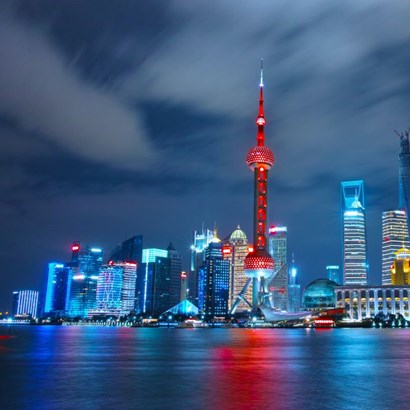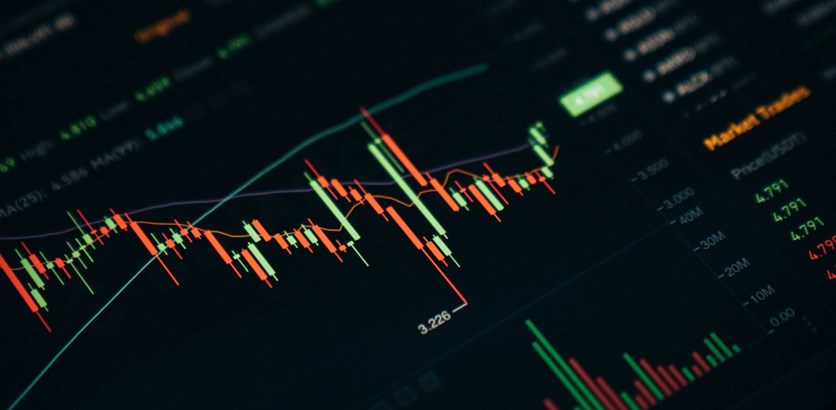In an effort to curb the most recent Covid-19 outbreak in Beijing, authorities announced that most of the city’s 21 million citizens will be tested regularly for coronavirus. This mass testing was announced on Monday 25th April as residents stockpiled food and other essentials in fear of a Shanghai-style lockdown.
This is just the latest in a sequence of extraordinary measures China is taking to maintain its zero-Covid policy. These measures – particularly city-wide lockdowns – come with a heavy economic price tag. As a result, many economic institutions have lowered their 2022 growth forecasts for the country.
A Reuters poll of economists suggests that financial institutions now expect Chinese GDP growth to be +4.5% this year, (down from the +5.5% target previously announced). Individual estimates range from +3.9% (Nomura) to +5.1% (Citi).
This self-inflicted weakening of the economy in pursuit of zero-Covid has understandably dragged on performance of Chinese stocks. The Hang Seng Index (Hong Kong listed Chinese company stock index) is now lower than it was in March 2020, the very worst moment of the initial stages of the Covid-19 pandemic.
News-flow on China has been just as pessimistic, with many prominent global investors last year calling China “un-investable”, while news headlines remain as pessimistic as we have ever seen on China. The slowing economy and the increasingly unpopular covid strategy are both weighing heavily on public opinion in China too.
The optimal time to buy high quality assets is when no-body else wants to buy them. Words like “un-investable” being used in public is a helpful indicator. Stock prices of those high quality assets being lower than at the height of the biggest pandemic in 100 years is another helpful indicator.
Do we think all Chinese assets are investable or offer good value? No, absolutely not. Could the Chinese economy be on the verge of pivoting away from its zero-Covid weakness? Again, probably not.
But, and this is a big ‘but’, we can look through the near-term headwinds and taking a longer-term view, start to get comfortable with the low level of current valuations of the highest quality businesses in China.
Sometimes it pays to be optimistic, especially when all those around you are pessimistic. Let’s set out an optimistic vision here. China’s next decade is characterised not by confrontation with the West and costly trade wars, but by a realisation that it pays to be the West’s friend (Russia offers a very helpful case study here). It pivots quietly toward a policy of more open trade and fair dealing with the rest of the world. Zero-covid doesn’t work and is put to bed quietly, meanwhile China’s re-opening in late 2022, supported by large fiscal stimulus, acts as a major stimulant to the global economy in the near-term.
Anything like the above playing out makes high quality Chinese investments, at current price levels, a once in a generation investment opportunity.








